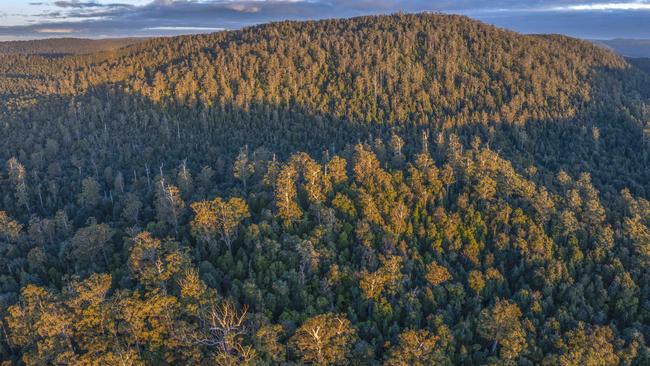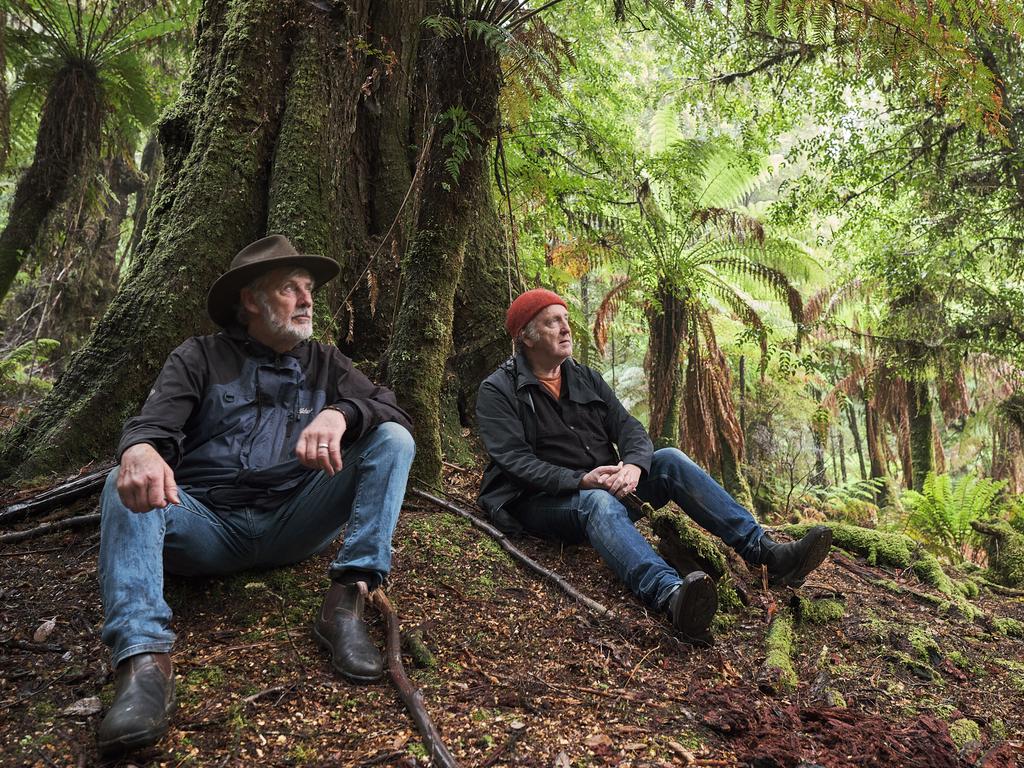Top researcher says state forest carbon credit plan is not credible
Conservationists say carbon credits are a better source of revenue for state forests than timber, but a leading researcher says it could lead to increased carbon emissions.

A proposal to replace logging of state forests with carbon credits has been backed by conservationists amid a push from the timber industry to axe the scheme, but a leading researcher says the proposal is fundamentally flawed and could lead to increased emissions.
The federal government is considering a proposal put forward by the NSW government to introduce a new carbon credit method that would allow governments to claim carbon credits for not harvesting timber from publicly owned forests.
The native forestry industry says the Improved Native Forest Management in Multiple-use Public Forests method would lead to job losses and wood shortages and a review of the science behind the scheme found there was “no way” it could lead to reduced carbon emissions.
Queensland Conservation Council protected areas campaigner Nicky Moffat said the state’s forests would be more valuable when managed for tourism, recreation, carbon storage and conservation.
“We shouldn’t be ruling out exploring any option that will save our precious native species and store carbon as we face a climate and biodiversity crisis with over 1000 species listed as threatened in Queensland,” she said. “It’s disheartening to hear that timber industry representatives want to keep forestry in the dark ages.
“A functioning carbon trading system has been decades in the making and the real winners when it becomes reality will be the Australian forestry industry and regional communities. Under the scheme, timber companies will be assisted to transition away from dependence on native forests and move towards more sustainable plantations.”
The timber industry has said selectively harvesting trees within state forests would lead to better carbon emissions outcomes by keeping carbon stored within the timber and enabling new vegetation growth to sequester carbon.
Former CSIRO chief research scientist of ecosystem sciences John Raison, who recently published a review of the science on net carbon dioxide emissions from continued harvesting or cessation of harvesting in Australian native forests, said the proposal would not provide lower long-term carbon emissions than sustainable management for wood production. He said a proper calculation of the benefits of the scheme would require a full-life cycle analysis that looked at the decay of vegetation in the forest, and the subsequent release of carbon, as well as the substitution of native timber products for other materials like concrete and steel or more problematic imported timber.
“When you take all of those things into account and do a proper analysis, there is no credible evidence that ceasing harvesting will reduce net emissions,” Dr Raison said.
“Therefore there’s no way you can reduce carbon emissions or bring in carbon abatement by stopping harvesting in state forests.”
Dr Raison said studies showing otherwise were incomplete or over-estimated the rate of carbon gain in a forest if it wasn’t harvested: “All these things have led to the incorrect conclusion that ceasing harvesting would provide better long-term emissions reduction methods than continuing to harvest.” He also raised the issue of fire management and the massive increase in carbon emissions if a fire were to burn through an unmanaged state forest. “If you want to protect forests and the carbon stocks that remain there, you have to protect them from fire, but that is getting harder with climate change,” he said.
The Improved Native Forest method, one of four carbon credit methods Climate Change Minister Chris Bowen agreed to prioritise for development last year, has been opposed by the federal Liberal Party.





To join the conversation, please log in. Don't have an account? Register
Join the conversation, you are commenting as Logout